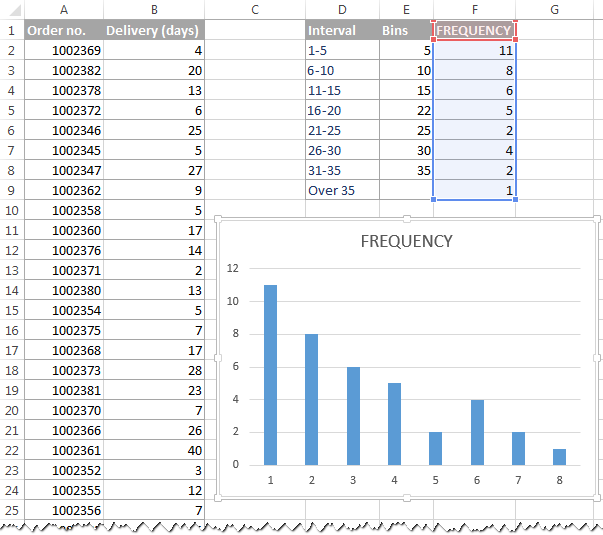
For example, time can be measured in fractional parts of hours, minutes, seconds and milliseconds. These variables are called continuous variables, and they are divisible into an infinite number of possible values. Some variables (such as time, height and weight) are not limited to a fixed set of indivisible categories. Not all variables are characterized as discrete. (There is simply no room to observe any values between these two values, as there is no way of having 29 and a half students.) However, it is impossible for student attendance to be between 29 and 30. For example, if you were to observe a class attendance registered from day-to-day, you may discover that the class has 29 students on one day and 30 students on another. No values can exist between a variable and its neighbour. A discrete variable consists of separate, indivisible categories. Variables in any calculation can be characterized by the value assigned to them. The last value will always be equal to the total for all observations, since all frequencies will already have been added to the previous total. The cumulative frequency is calculated by adding each frequency from a frequency distribution table to the sum of its predecessors. The cumulative frequency is calculated using a frequency distribution table, which can be constructed from stem and leaf plots or directly from the data. Other cumulative frequency calculationsĬumulative frequency is used to determine the number of observations that lie above (or below) a particular value in a data set.

Please contact us to request a format other than those available.


It is not subject to the Government of Canada Web Standards and has not been altered or updated since it was archived. Information identified as archived is provided for reference, research or recordkeeping purposes.


 0 kommentar(er)
0 kommentar(er)
